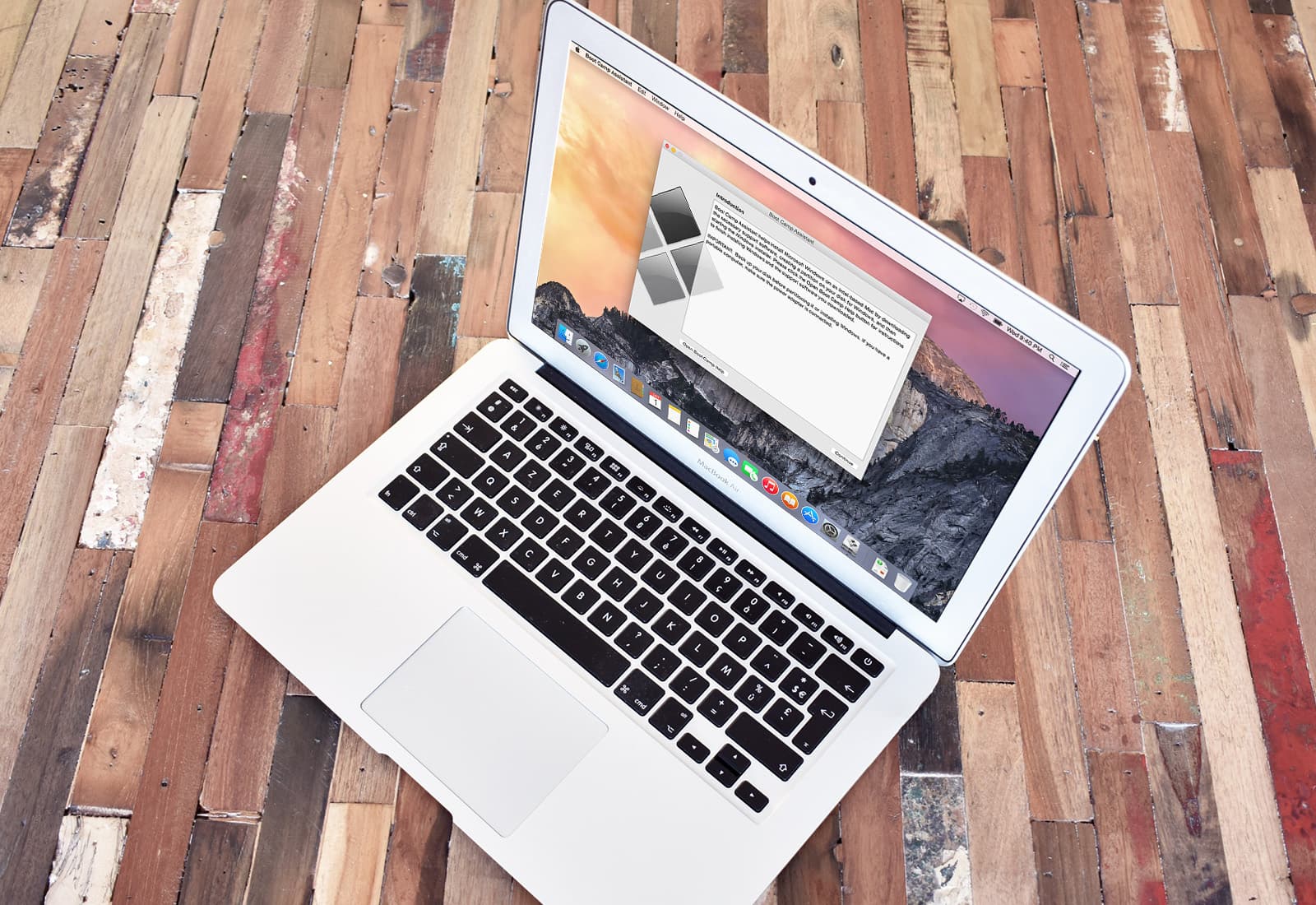 April 5, 2006: Apple introduces the public beta of Boot Camp, software that allows users with an Intel-based Mac to run Windows XP on their machines.
April 5, 2006: Apple introduces the public beta of Boot Camp, software that allows users with an Intel-based Mac to run Windows XP on their machines.
Boot Camp will officially arrive in Mac OS X Leopard, which debuts at Apple’s Worldwide Developers Conference a few months later.
Apple’s Boot Camp lets Windows run on Macs
As noted in yesterday’s “Today in Apple history,” the legal battles between Microsoft and Apple over similarities between the Windows and Mac operating systems ran throughout the late 1980s and 1990s.
Ultimately, Microsoft did not wipe out Apple as many expected early on. However, it became pretty clear to everyone that Microsoft emerged as the victor in terms of mainstream operating systems. Apple co-founder Steve Jobs said so himself in Fortune magazine in 1996, around the time he returned to Cupertino.
“The PC wars are over,” Jobs said. “Done. Microsoft won a long time ago.”
By 2006, however, things were changing, and Boot Camp illustrated Apple’s — and the Mac’s — growing popularity. Microsoft co-founder Bill Gates had stopped running the company half a decade earlier. Microsoft got stuck in a relative slump after hitting its peak valuation at the height of the dot-com bubble.
Apple, on the other hand, found a way to rebound. Just a few years after releasing the iPod in 2001, the MP3 player made up the bulk of Apple’s revenue, moving the Mac to second place. The “halo effect” of the iPod, however, helped bring Macs to a whole new audience. (A series of innovative Mac hardware designs didn’t hurt, either.)
Macs switch from PowerPC to Intel
Apple viewed Boot Camp as a way to appeal to people who might make the jump from PC to Mac. Apple’s switch from PowerPC processors to Intel CPUs, which Jobs announced in 2005, made the feature possible.
“Apple has no desire or plan to sell or support Windows, but many customers have expressed their interest to run Windows on Apple’s superior hardware now that we use Intel processors,” Phil Schiller, Apple’s senior vice president of worldwide product marketing, said at the time. “We think Boot Camp makes the Mac even more appealing to Windows users considering making the switch.”
Boot Camp simplified Windows installation on an Intel-based Mac by providing a simple, step-by-step graphical assistant application. It made it easy to create a second partition on the hard drive for Windows, burn a CD with all necessary Windows drivers, and install Microsoft’s operating system from a Windows XP installation CD.
After installing the software, users could choose to run either Mac OS X or Windows when they restarted their computers.
Boot Camp did not mark the end of hostilities between Apple and Microsoft, though. Anyone who thought this was Apple acknowledging that Windows also had something valuable to offer would soon be disabused of that notion — when Apple debuted its “Get a Mac” ads talking trash about Windows PCs.
Apple silicon signals twilight for Boot Camp
In 2020, Apple began switching the Mac lineup from Intel processors to its own custom chips. One side effect is that Boot Camp does not run on Apple silicon. Users with Macs powered by Apple’s M1, M2 and M3 chips must rely on virtualization software like Parallels or VMWare Fusion if they want to run Windows.


